China has had a long history from 5000 years of civilization. Its culture is rich and the country is full of traditions that are passed from generation to generation. Chinese art and crafts are renowned in the entire world.
The different Chinese arts
The art of jade
The jade stone is produced in cultures of the Neolithic and South-eastern Mongolia. It is seen as a pure and harmonious stone when polished and symbolizes immortality to those who wear it in Chinese culture.
The art of pottery and ceramics
Pottery is an antiquity art in China and Japan. Yangshao Neolithic culture (4500-3000 BC) has long been regarded as the first culture to provide a large number of quality pottery.
Ceramics were developed in terms of forms and decorations, under the dynasties of Shang and Zhou. Many notable pieces were found on the grave goods.
Calligraphy
Calligraphy is the art form of the written symbols of a language. Chinese calligraphy is distinguished by the originality and richness of Chinese writing. It is performed with brush and is known around the world.
Painting
Chinese painting is very famous. It comes in various vertical or horizontal formats and the support can be made of silk or paper. But there are also many paintings on fans of silk or paper.
The art of gardens
Chinese gardens are renowned worldwide. They represent a miniature cosmos in which we try to recreate the image of an ideal nature. “Everything is symbolized aesthetically, rocks are the metaphor of mountains, lakes depict seas and oceans and the round openings represent the world harmony.” explain the founder of Nakesi, Chinese furniture company in Guangdong.
Chinese crafts are not well known abroad
However, Chinese crafts is underrated by Westerners because of several aspects that we will detail below.
Complexity and richness of crafts in China
The Chinese craft is very complex, there are hundreds of forms of arts and tens of thousands of artisans in China.
The best known include the art of jade, the art of pottery and ceramics, calligraphy, painting, garden or sculpture of Buddhism as we detailed previously but there is a bunch of other crafts that are not known in the West.
Indeed, crafts are mainly done by ethnic minorities who are still in remote villages of China. It is therefore difficult to access and extremely complicated to identify by the authorities, government institutions, or even associations or private companies.
Cultural and language barriers
The majority of artisans are from ethical minorities and come from small villages where it is difficult to have access to a good education. Thus, the majority of the artisans do not speak English. That makes the communication and internationalization of these arts more complex. To do good deals, speaking Mandarin is a must.
Lack of standardization, administrative barriers and ethnic
China is a huge and decentralized country composed of 23 provinces inhabited by 56 ethnic groups.
All these provinces and ethnic groups have their own specialties in terms of craft and art. Thanks to this diversity, the country is very rich culturally, but it is difficult for the Department of Chinese culture to promote it all over China and worldwide. There is so much diversity that it disregards thousands of small artisans, working independently.
Lack of information internationally
We must not forget that China opened to the world less than 40 years ago only. Therefore, w do not know well its history, its culture, art and its traditions.
Especially since the media do not report on this subject when it comes to talk of China. They prefer to emphasize the negative aspects of the country such as pollution, human rights, lack of education, dog or cats meals and so on. This gives a negative aspect to the country that is rich in resources and where craftsmanship is exceptional.
Further readings:
Fashion & craft trends in China
China Culture all around the world
Chinese culture and Art (in French)

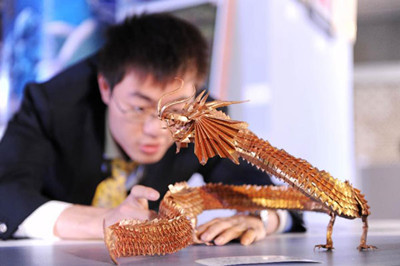
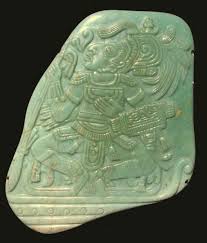
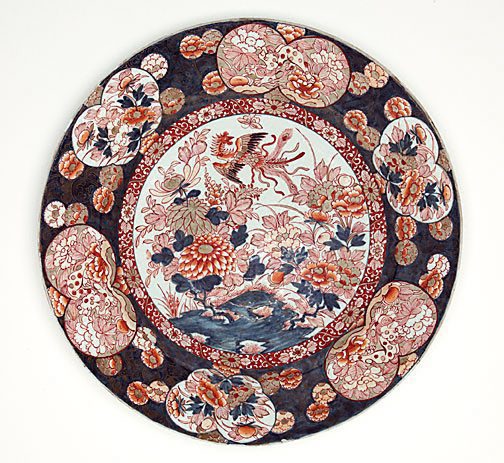
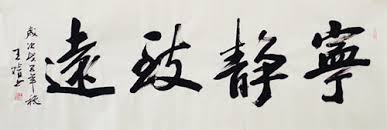
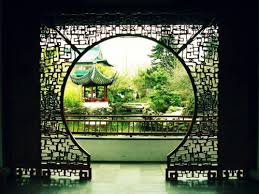

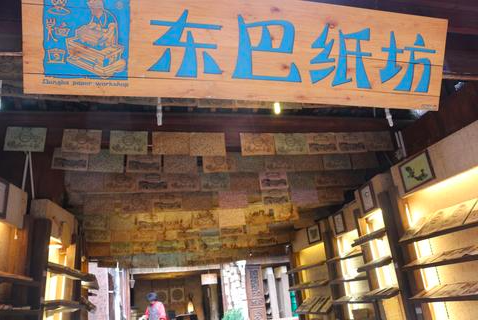
1 comment
Reginal Honger
I agree with this post! Found it randomly but it’s a very good one. Chinese craftsmanship is underrated according to me, it’s real fine art but unfortunately, China crafts are more assimilated to tourists souvenirs. Let’s value more crafts in China!